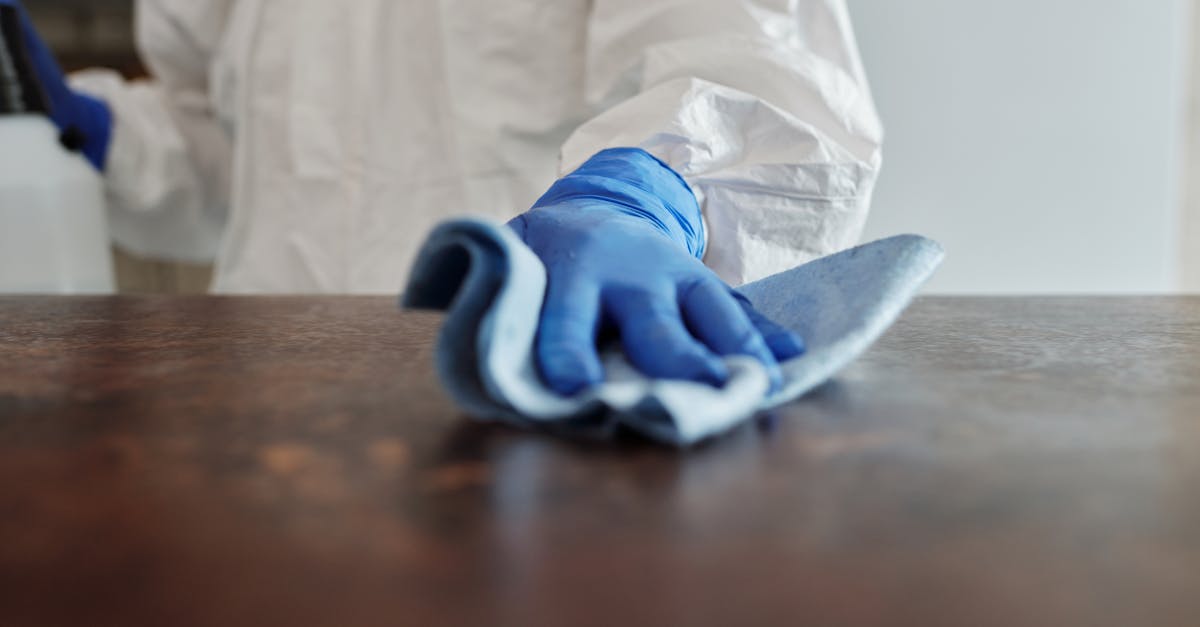
Introduction
When you first purchase a car, one of its standout features is the pristine paint job. The shimmer and shine are captivating, making the vehicle look attractive and modern. However, without proper care, this fresh look won't last forever. External factors such as sun exposure, contaminants, and improper cleaning techniques can quickly dull the paint's luster. Yet, maintaining that new-car gloss isn't as daunting as it sounds. By employing some practical methods and using the right products, you can ensure that your car's paint looks freshly applied for years to come.
Regular Washing is Crucial
Frequent washing is one of the simplest yet effective ways to maintain your car's paint. By removing dirt, dust, and other pollutants, you prevent these particles from scratching or embedding into the paint. It's recommended to wash your car at least once every two weeks. Use a gentle car shampoo, avoiding household detergents that can strip the wax and damage the paint. Additionally, employ a microfiber wash mitt to ensure gentle cleaning without abrasions. Always dry the car thoroughly afterward to prevent water spots.
Waxing for Added Protection and Shine
Waxing your car not only accentuates its shine but also adds a protective layer against the elements. Car wax acts as a barrier, shielding the paint from UV rays, rain, and other contaminants. It's advisable to wax your car every three months for optimal protection. While applying wax, ensure the car is clean and dry. Use a quality wax product and a clean applicator pad, buffing it in a circular motion. Follow this with a microfiber cloth to achieve an unrivaled glossy finish.
The Role of Protective Sealants
If you're seeking a sturdier alternative to traditional waxing, consider using a paint sealant. These synthetic products offer enhanced durability, protecting your car's exterior for up to six months. Sealants create a slick surface, making it challenging for dirt to adhere to the paint. Application is straightforward: clean the car thoroughly, apply the sealant using an applicator pad, and then buff with a microfiber towel. Sealants can be a game-changer for those who want extended protection without frequent maintenance.
Addressing Scratches Promptly
Minor scratches are inevitable, but addressing them promptly can prevent further damage. Scratches expose the underlying metal, making it vulnerable to rust and corrosion. Use scratch removal products designed for minor blemishes, applying them with a soft cloth in a circular motion. For deeper scratches or paint chipping, automotive touch-up paint may be necessary. Always ensure the area is clean before application, and follow the product's instructions carefully for best results.
Avoiding Direct Sunlight and Extreme Temperatures
The sun's harsh rays can degrade car paint over time, causing fading and cracking. Whenever possible, park your car in the shade or a covered area. Extreme temperatures can also impact your car's paint, expanding and contracting the surface, leading to cracks. Consider investing in a car cover to shield your vehicle, especially if it's regularly parked outdoors. By minimizing exposure to these elements, you prolong the lifespan of your car's exterior finish.
Routine Polishing for a Flawless Finish
Polishing is another vital step towards maintaining your car's paint, though it shouldn't be done too frequently. Typically suggested once or twice a year, polishing removes slight imperfections, enhancing the gloss and ensuring a smooth surface. It differs from waxing in that it isn't a protective step but rather a preparatory one. Use high-quality polishes and follow the instruction guides meticulously. Always remember to seal your polished car with wax or sealant afterward to lock in the shine.
Cleaning the Road Grime and Bird Droppings
Road grime and bird droppings are corrosive and can penetrate the paint if left unaddressed. Remove these contaminants as soon as possible to prevent permanent damage. Use a special automotive cleaner rather than ordinary cloths, as this can lead to scratches. Once cleaned, rinse the area thoroughly and dry it to prevent water spots. Regular vigilance regarding these nuisances can tremendously enhance the longevity of your car's paint.
Knowing When to Seek Professional Help
Sometimes, despite best efforts, professional intervention may be necessary. Detailers use advanced tools and techniques to restore and preserve your car's paint. From paint correction to ceramic coatings, the experts can tailor their services to your specific needs. When choosing professional help, seek reputable services with positive reviews and certifications. Investing in professional detailing annually could be the difference between a good and a great-looking car finish.
Conclusion
To maintain the new-car finish for years, diligent care and timely interventions are essential. Regular washing, waxing, and addressing minor blemishes can stave off deterioration. Recognize and address harmful contaminants swiftly to avoid long-term damage. Finally, combine your efforts with occasional professional detailing for that showroom shine. With these practical strategies, your car's paint will remain resilient, reflective, and ready to turn heads whenever you're on the road.